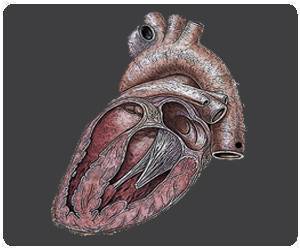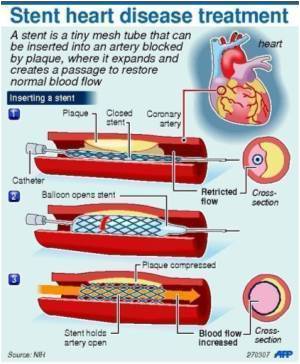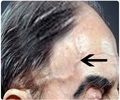Percutaneous coronary intervention (PCI) is not a generally accepted option for infants or toddlers with acute coronary syndrome.

A research team led by Dr. András Bratincsák from Rady Children's Hospital in San Diego, California, conducted a retrospective review of seven children who had PCI between June 2006 and June 2010. Of those included in the study all were under 18 years of age and four were 15 months or younger. PCI techniques included balloon coronary angioplasty and coronary stent implantation. Researchers analyzed patient data that included underlying diagnosis, comorbidites, catheterization technique, and outcomes.
In all seven cases, successful stent placement in the proximal portion of the left or right coronary arteries with excellent revascularization was achieved. The average diameter of the heart arteries was 0.65 mm prior to the intervention. Balloon angioplasty did not completely resolve the stenosis and bare metal stents were then implanted to a mean internal diameter of 2.5 mm. The team determined that the average intervention-free period was 434 days after stent implantation. Restenosis and thrombosis did not occur in cases where the implanted stent diameter was greater than 2.5 mm and patients received dual anti-platelet therapy.
"We provide evidence that stent implantation is a relatively safe option for pediatric patients with coronary stenosis, including those under the age of 15 months," said Dr. Bratincsák. "PCI offers a viable strategy for bridging infants and toddlers with blocked arteries or poor ventricular function to surgical revascularization or transplantation when they are at an older age."
Source-Eurekalert










